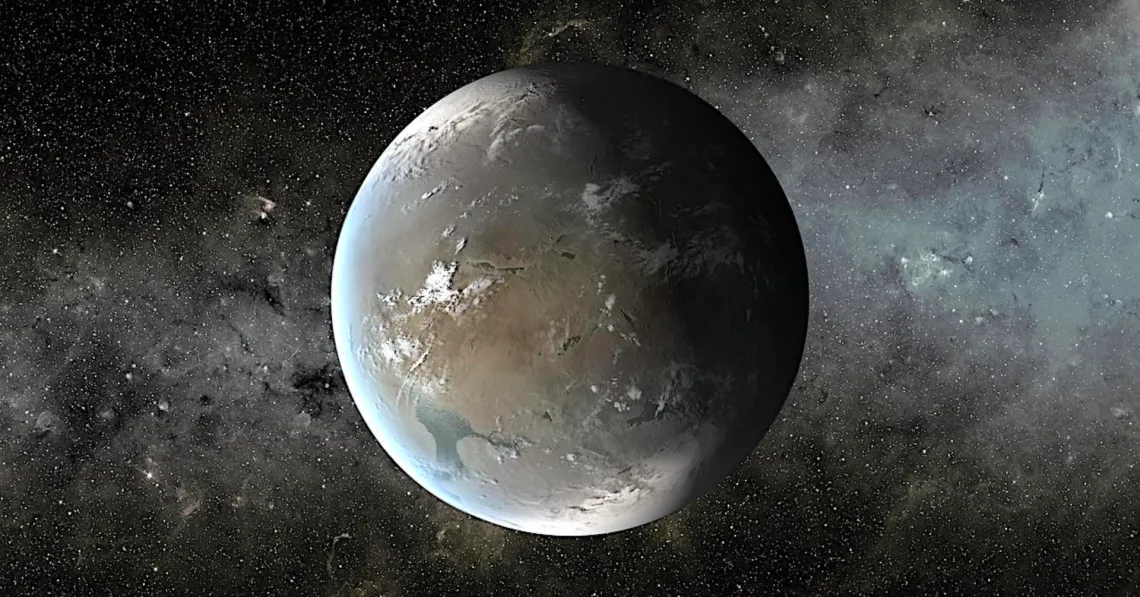Finding Life Beyond Earth: What Comes Next?

A habitable exoplanet
Credit: NASA
The future is full of questions for us earthly life-forms. How far can we take our search for life elsewhere? Which new technologies are best for detecting life? Could we ever visit planets beyond our solar system?
And if we find life beyond Earth, how will it change us?
Scientists and technological experts suggest a variety of possibilities, but many seem to agree on at least one observation: The search for life is accelerating, sprouting new technologies and new ideas even as our view of the cosmos grows sharper.
A question often asked, so far without an answer, is whether we’ll detect the first signs of life on another body within our solar system, or on an exoplanet – a planet orbiting another star.
Exploration of the solar system has the advantage of landing on planets, moons, or asteroids, and collecting samples for analysis. For the planets beyond our solar system, remote detection of signs of life will have to suffice.
Still, we might have good reason to expect the first detection will come from an exoplanet, said Mary Voytek, director of NASA’s Astrobiology Program at the agency’s headquarters in Washington.
Although solar system planets are more directly accessible, finding life among them poses enormous technical challenges – whether we’re seeking life on Mars or on Jupiter’s moon, Europa, or Saturn’s Enceladus.
“The best hope on Mars is the subsurface,” Voytek said. “How long will it take before we’re able to drill into the subsurface? For Enceladus and Europa, we’re talking about being in a subsurface ocean below kilometers of ice. How soon will it be before we actually get into those? It becomes more an issue of access and not of, I think, greater probability.”
Exoplanets, on the other hand, despite the challenges of remote detection, offer a vast number of targets: thousands of planets confirmed so far in our galaxy, which likely contains hundreds of billions.
“Think about all the exoplanets out there,” she said. “Suddenly we have this giant, vast possibility of things to search on.”
And the right technology to conduct such a search is just coming online. NASA’s James Webb Space Telescope is already adding to inventories of ingredients in exoplanet atmospheres; more powerful and sensitive observatories are being readied for the future search for life signs – also called biosignatures.
“In the short term, of course, we’re hoping [the Webb telescope] is able to make detection of biosignature gases in the atmospheres of a couple of terrestrial worlds,” said Michael Way, a physical scientist at NASA’s Goddard Institute for Space Studies in New York who creates computer models of possible exoplanet atmospheres.
Hopes are also high for the next generation of ground-based telescopes, massive instruments 100 or 130 feet (30 or 40 meters) wide.
“It’s not clear to me that the instruments coming online in the early 2030s will be capable of that or not,” Way said. “There are calculations that show it’s possible.”
